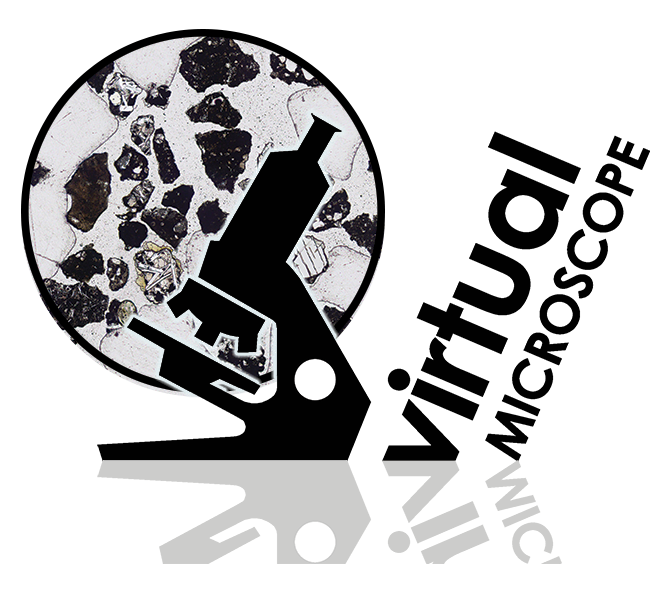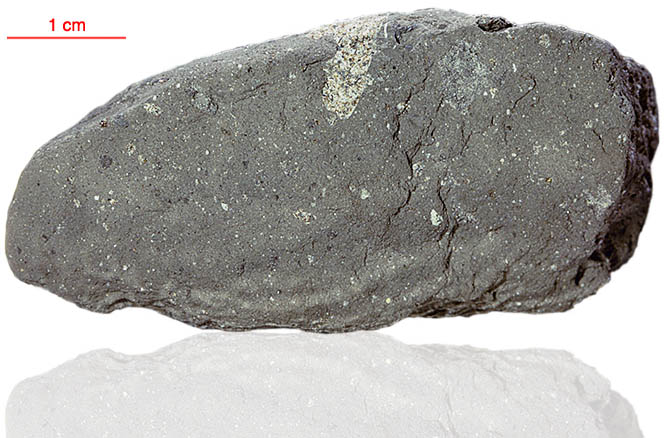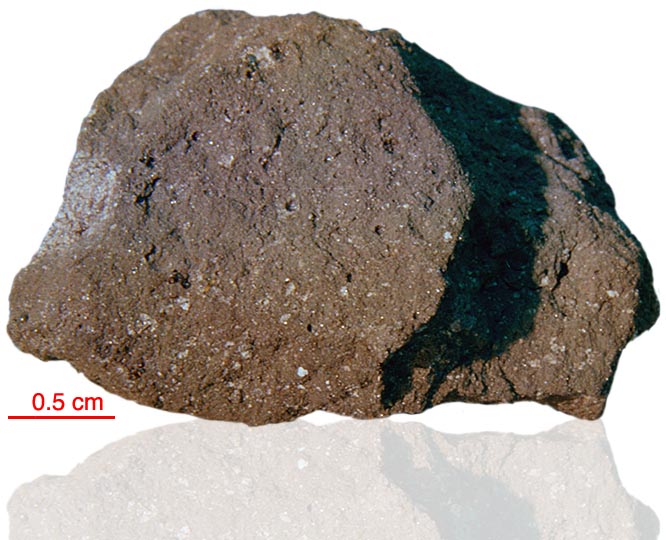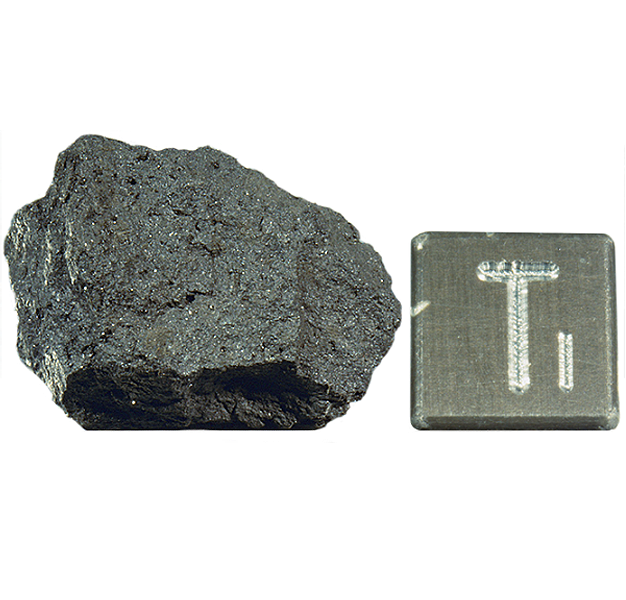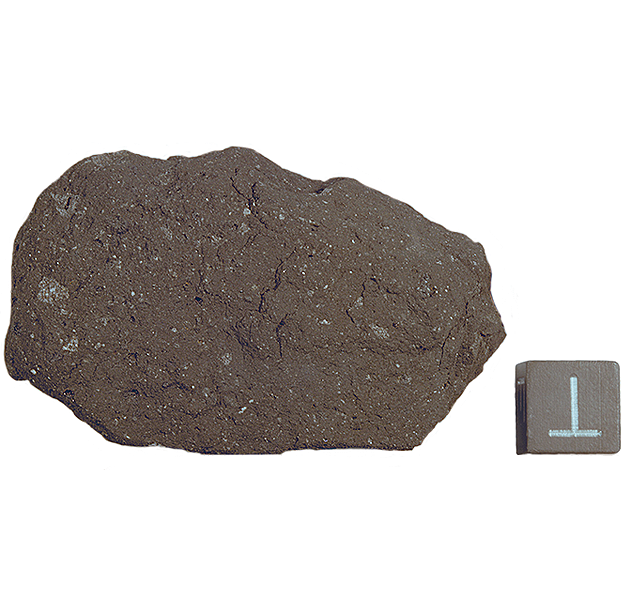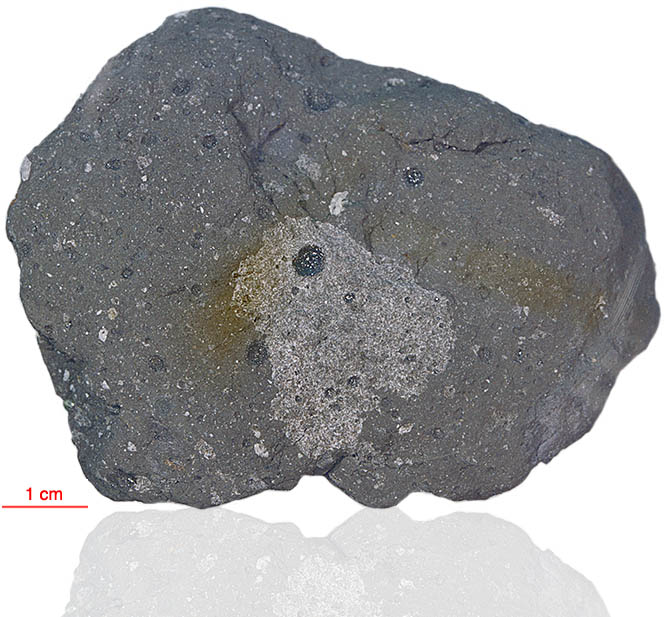
Fact sheet
10063 is a typical Apollo 11 regolith breccia and contains large basalt clasts, mineral clasts and a range of yellowish and orange glass fragments. A small percentage of agglutinate is also reported. Rotation 1 shows an orange glass bead, a shocked pyroxene crystal, a basaltic clast and a feldspar-rich anorthositic clast. Rotation 2 shows part of a large basaltic clast.
The sample weighed 148 grams before analysis and has not been dated.
Further details of this and other Apollo samples are here: http://curator.jsc.nasa.gov/lunar/
The Apollo 11 samples create an iconic collection since they were the first rocks collected by humankind that were returned to Earth from another solar system body. The Apollo 11 team collected and returned 22 kg of rock and soil samples.
Apollo 11 launched from Cape Kennedy on 16 July 1969. An estimated 530 million people watched Armstrong's televised image and heard his voice describe the event as he took "...one small step for a man, one giant leap for mankind" on 20 July 1969.

